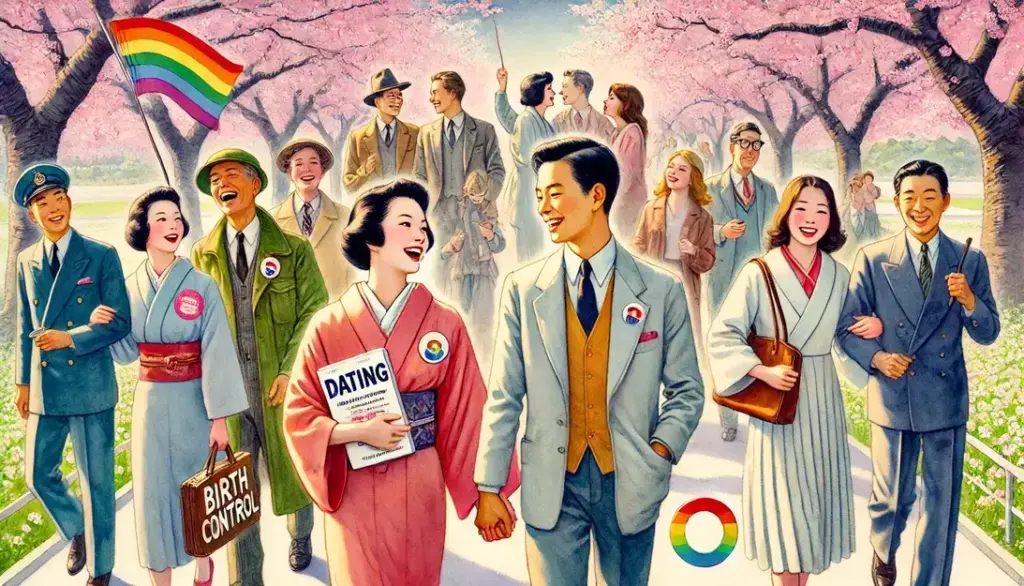Japan’s views on sex and relationships have seen drastic changes over centuries. From the openly erotic art of the Edo period to modern debates about intimacy, the sexual revolution in Japan reflects a mix of tradition and change. Today, attitudes toward sex and gender roles are evolving, driven by global influences and shifting cultural norms. But alongside progress, unique challenges like declining birth rates and changing societal priorities continue to shape the conversation.

Historical Roots of Sexuality in Japan
The historical context of sexuality in Japan is as rich and diverse as its culture. From ancient court practices to the visual storytelling of erotic art, Japan’s approach to sex has long been interwoven with societal norms, artistry, and even political shifts. Tracing its path from the Heian Period to modern times reveals both the enduring traditions and transformative moments that shaped the nation’s sexual identity.
Sex in the Heian Period
The Heian Period (794–1185) was an era where discussions of sex and love thrived, especially within the imperial court. This was a time when poetry, literature, and personal relationships reflected the values of the elite. Works like The Tale of Genji—often called the world’s first novel—highlighted court nobles’ intimate and romantic exploits. Modern ideas of monogamy didn’t strictly bind relationships. Men of the upper classes could maintain multiple wives and lovers, with marriage arrangements often dictated by social status rather than personal affection.
Rather than shying away from the topic, much of Heian literature showcased how sexuality was both celebrated and used for political alliances. Women, despite often being seen as subordinate, played important roles in these narratives, using wit and cultural refinement to influence their partners.
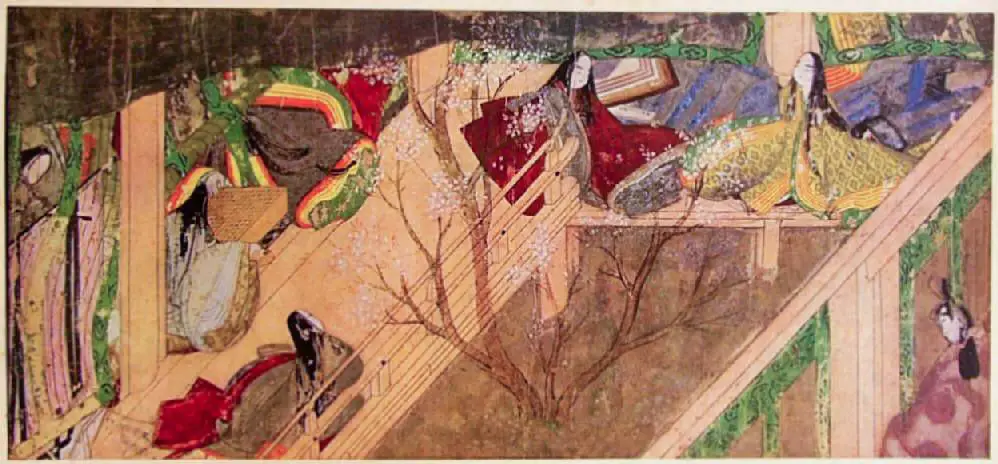
For more insights, you can explore Heian Period Sexual Politics.
Erotic Art and Shunga in the Edo Era
Fast forward to the Edo period (1603–1868), and you’ll find that the sensual spirit of Japan had taken on a more visually artistic form. Shunga, meaning “spring pictures,” emerged as a popular genre of erotic woodblock prints. These pieces weren’t mere pornography; instead, they blended humor, intimacy, and daily life. Artists like Hokusai and Utamaro created sexually explicit works that brought both fantasy and the mundane into vibrant detail.
Shunga was embraced across all classes, from the samurai to merchants. It reflected societal views of sex as a natural aspect of life, free from much of the shame or guilt seen in Western attitudes of the same period. Beyond individual enjoyment, some claimed these works served as educational tools for young couples or talismans to ward off bad luck.
Dive deeper into this artistic style through Shunga: Edo Period Erotic Art.
Modern Transitions in the 20th Century
By the 20th century, Japan witnessed significant shifts in sexual culture, driven by legal reforms and global influences. The Anti-Prostitution Act of 1956 marked one such milestone, effectively banning the buying and selling of sex—even though loopholes allowed certain practices to continue, particularly in the form of hostess clubs and compensated dating.

The post-World War II era saw the rise of adult media, including magazines and films, shaping modern perceptions of intimacy. While censorship laws prohibited the explicit depiction of genitalia, creative workarounds led to nuanced and imaginative expressions in Japanese pornography and other media.
This period also ushered in debates about morality, feminism, and individual rights, which intersected with broader conversations about gender roles and identity. For a broader perspective, you can check Sexuality in Japan.
Each era of Japan’s history offers a unique lens on how sex and society interact, from lavish Heian poetry to the vivid visuals of Edo and the industrial modernity of the 20th century. As we continue to explore, we see how the sexual revolution in Japan is a blend of these enduring historical threads and evolving modern dynamics.
The Women’s Liberation Movement of the 1960s and 70s
The 1960s and 70s marked pivotal decades for feminist movements worldwide, including Japan. Women began to challenge oppressive systems, question traditional roles, and demand equality in unprecedented ways. In Japan, feminist ideals were shaped by both local cultural nuances and influential global currents.
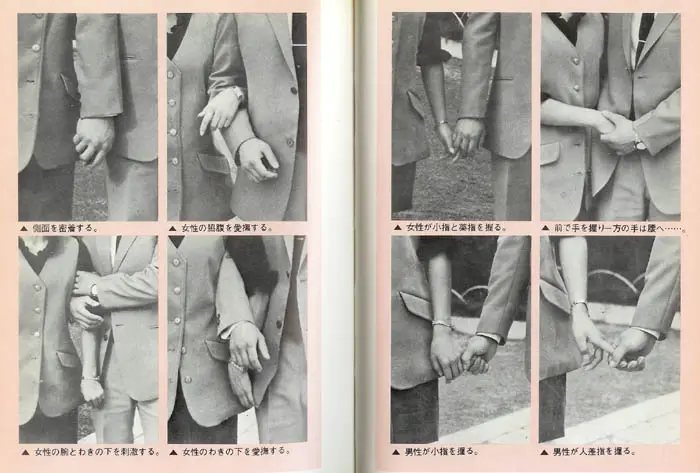
Global Influences on Japan’s Feminist Movement
Around the world, second-wave feminism gained momentum during the 1960s and 70s. Movements in the United States and Europe raised awareness on issues like workplace discrimination, reproductive rights, and sexual liberation. These revolutionary waves reached Japanese shores as women sought to break free from long-standing expectations. Japanese feminists such as Mitsu Tanaka led conversations that reframed traditional gender roles, heavily drawing inspiration from Western feminist ideology.
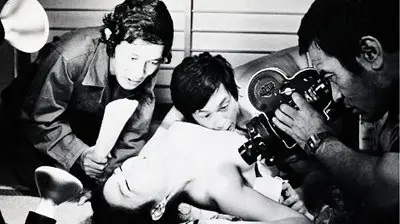
The introduction of ideas like “the personal is political” resonated deeply in Japan. This phrase encouraged women to challenge oppression experienced in private spheres like marriage and family life. Japanese activists built upon these global ideas while addressing specific cultural issues like rigid societal hierarchies and deep-rooted Confucian values.
Several Japanese women engaged with United Nations networks and international feminist groups, gaining insight and solidarity. The connections helped foster a shared vision of gender justice. This global exchange was not without resistance, but it fueled local efforts to demand equality. Learn more here about the evolving narrative of feminism in Japan.
Challenges to Male-Dominated Structures
Activists in Japan faced an uphill battle when addressing entrenched male dominance in both public and private spaces. During this time, Japan’s patriarchal culture was apparent in corporate structures, politics, and even romantic relationships, where wives were often expected to remain submissive. Feminists advocated for laws ensuring fair treatment in the workplace and began questioning the imbalance in sexual relationships.
Japanese women demanded shared agency in sexual and romantic decisions. Marriage, once seen as a contract of roles, became viewed as a partnership requiring equal respect. Women’s groups pushed for greater reproductive choice, rallying for access to contraception and abortion. These demands were radical in a society where women were often defined by their ability to bear children.
Men in power resisted these changes by emphasizing “traditional values.” Still, women persisted. Activists published manifestos, held demonstrations, and created safe spaces to discuss pressing issues freely. This era also saw movements against domestic violence emerge, highlighting the toxic power imbalances within households. For a deeper dive into gender issues during this period, explore Gender inequality in Japan.
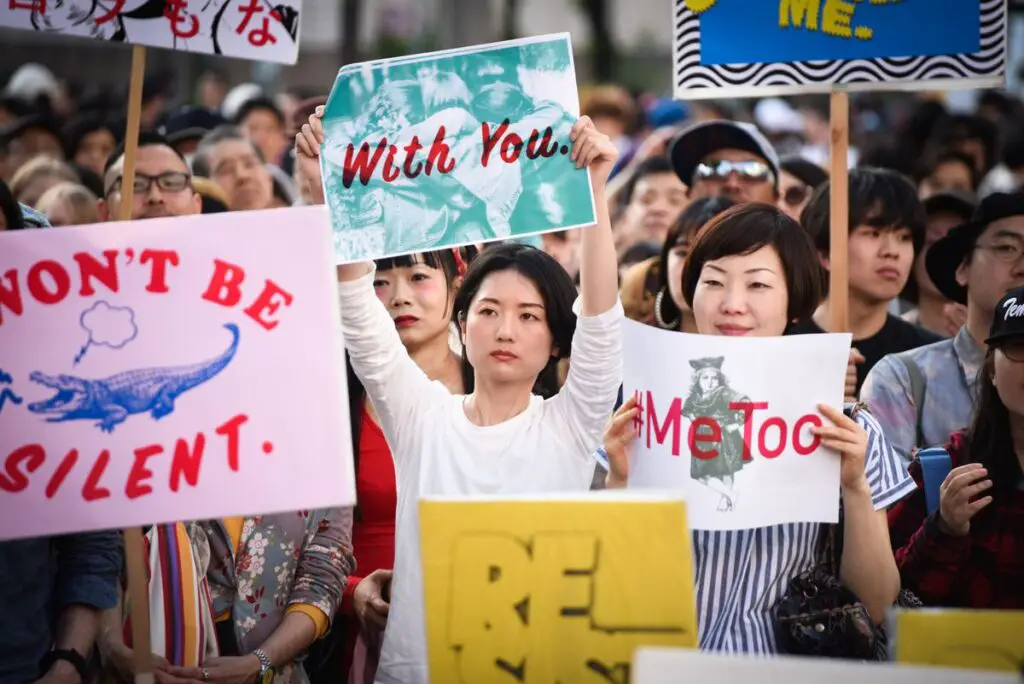
These resistance efforts chipped away at the rigid foundations of male-dominant norms. Although the feminist movement faced plenty of backlash, it permanently shifted conversations around gender and relationships in Japanese society.
Rise of the Love Hotel Culture
Love hotels have become a fascinating and significant part of modern Japanese culture. Rooted in practicality and privacy, these establishments cater to couples seeking an intimate space removed from public scrutiny. But how did this phenomenon emerge, and how has it evolved over time? To understand, let’s look at the cultural and historical shifts that gave rise to love hotels.
Post-War Origins of Love Hotels
Japan’s post-war economic boom wasn’t just about infrastructure and technology—it reshaped personal lives too. By the mid-20th century, Japan was rapidly urbanizing. Cities were booming, but personal living spaces weren’t. Many middle and lower-income families lived in cramped apartments or shared housing, leaving little room for privacy.

Young couples seeking intimacy didn’t have many options. Enter the early “Tsurekomi Yado,” or “bring-along inns.” These modest lodgings offered couples a hidden sanctuary. Unlike traditional inns, where guests stayed overnight, Tsurekomi Yado operated on shorter durations—some for just a few hours. Their convenience and affordability fit perfectly with the needs of the time.
During the 1960s and 70s, Japan’s cultural norms started to shift. As women gained more freedom and societal taboos slightly softened, the demand for private spaces grew exponentially. This era saw the emergence of love hotels as distinct establishments, complete with extravagant décor to attract attention. Instead of being simply functional, love hotels became somewhat of a cultural icon—a clandestine retreat where couples could step away from societal judgment.
For a deeper look at the early development of love hotels, see The Evolution of Japan’s Love Hotels.
Transformation Through Regulation
The love hotel industry flourished through the ’70s, but the 1980s brought significant changes. In response to public concerns about unsavory activities tied to some love hotels, the Japanese government stepped in with stricter regulations under updated Inn Laws. This legislation aimed to better differentiate between love hotels and standard accommodations while clamping down on exploitative or improper practices.
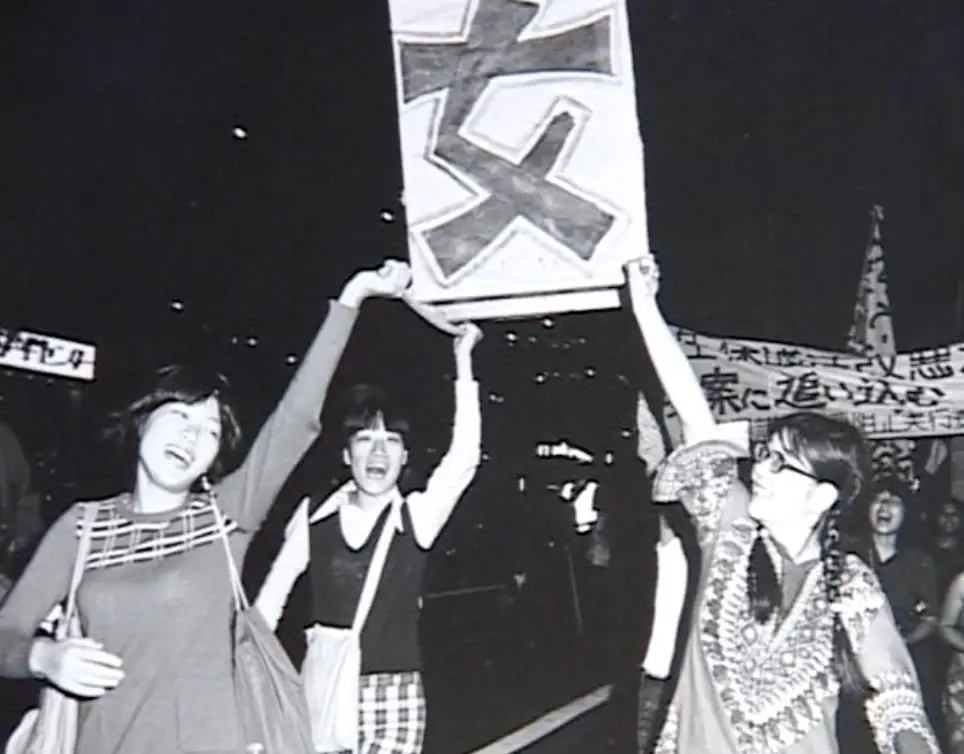
Key rules were introduced. Advertising became more closely monitored, and love hotels had to meet specific zoning restrictions. Their designs, which often featured flashy neon signs and suggestive displays, were also reigned in. Hotels were no longer allowed to openly market themselves as anything more than standard rentals unless adhering to newly codified operational standards.
This regulation forced the industry to adapt. Love hotels had to rebrand themselves with subtlety and elegance, opting for a more boutique or themed approach rather than overt displays. The shift changed public perception too. Instead of being viewed as seedy institutions, many hotels became chic escapes with extravagant interiors and unique features. Some even began catering to niche interests, offering theme rooms complete with costumes, jacuzzis, or karaoke systems.
Over the decades, the transformation has continued. While the regulations tamed the wild west days of the industry, they also helped love hotels integrate into mainstream society as a business model rather than a taboo concept. For more on this dynamic evolution, check out What Happened to Japan’s Love Hotels?.
Love hotels have progressed from practical hideaways to a cultural phenomenon that intersects freedom, intimacy, and creativity. Each change, whether driven by societal need or government decree, has left an indelible mark on their operation and popularity.
The Impact of Media and Technology
Japan’s sexual revolution wasn’t just about cultural or societal shifts—it also unfolded through the evolution of artistic and technological mediums. Films, adult videos, and visual storytelling became platforms that mirrored the nation’s changing attitudes toward sexuality. Below, we explore two specific areas: the rise of “Ero Guro” and Pink Films, and how Adult Video (AV) culture transformed societal norms.
Ero Guro and Pink Films: How These Genres Expressed New Sexual Freedoms
Ero Guro, a portmanteau of “erotic” and “grotesque,” emerged during the Showa era as an artistic subculture that examined taboo topics like unconventional love and bodily exploration. But by the 1960s, its influence extended beyond novels and visual arts into filmmaking, giving birth to the genre known as Pink Films. These softcore movies broke barriers by presenting sex and relationships with blatant openness, which had been uncommon in Japanese cinema.
Unlike traditional romantic dramas, Pink Films were unapologetically raw. They pushed boundaries not just socially but technically, with experimental cinematography and fragmented storytelling. Directors like Koji Wakamatsu used the genre as a form of protest against societal norms and post-war conservative values. The films often mixed eroticism with heavy social commentary, shining a light on issues like gender roles, poverty, and alienation.
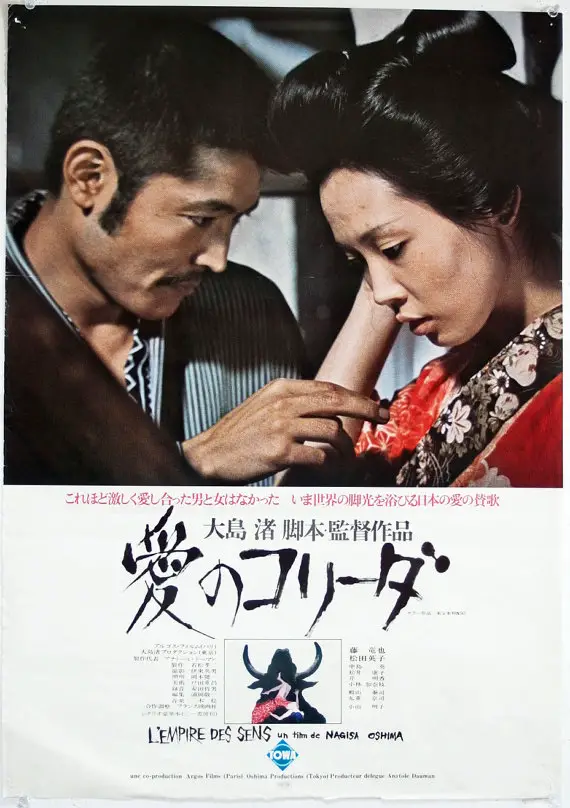
For example, the 1967 film Inflatable Sex Doll of the Wastelands tackled themes of objectification, linking sexuality with existential struggles. These avant-garde works invited viewers to question what was acceptable in art and what wasn’t. As such, Pink Films not only entertained but also informed the larger sexual revolution. They paved the way for discussions on consent, pleasure, and autonomy that had rarely entered the public discourse prior.
Pink Films were more than just movies. They became symbols of rebellion—against censorship, patriarchy, and the conventional moral fabric. Interested in learning more? Check out Pink Films: The Sexual Revolution of Japanese Cinema.
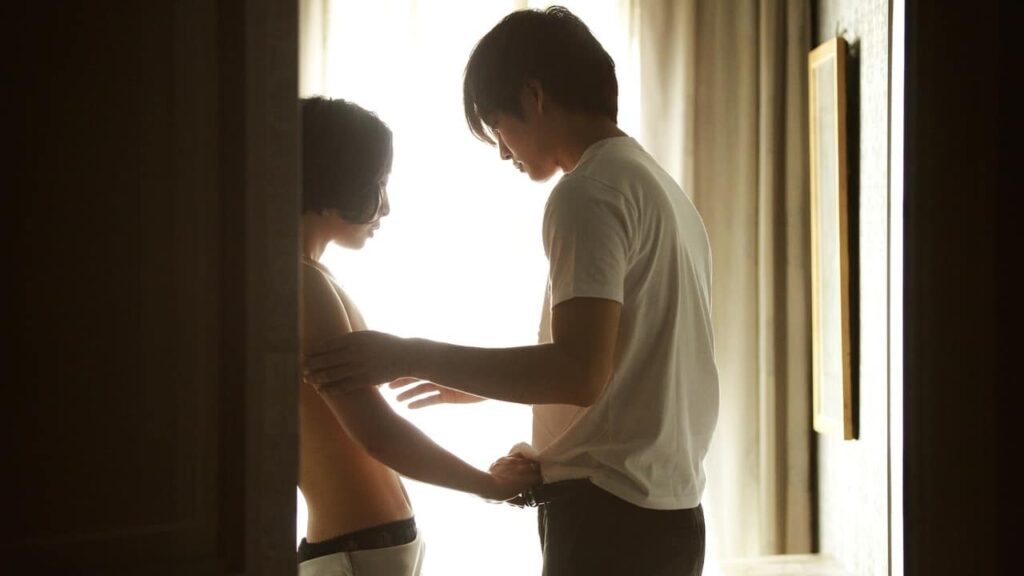
Mainstreaming of Adult Video (AV) Culture: How It Changed Societal Norms
By the 1980s, Adult Video (AV) culture had entered the mainstream in Japan, changing views on intimacy and taboo subjects. Unlike previous erotic mediums, AVs catered directly to a consumer market with massive variety in themes and preferences. This pivot from artistic exploration to mass-market entertainment marked another phase of the sexual revolution.

In Japan, AVs were not hidden away in shame. Instead, they became part of pop culture. Some performers gained celebrity status, appearing in television shows or talk panels to speak openly about their work. This acceptance contributed to reducing the stigma around sex. It also normalized candid discussions about desires, fetishes, and relationships in ways that previous generations might not have considered appropriate.
The adult film industry, however, wasn’t without controversy. Issues like performer protections and consent raised awareness about ethical concerns within the system. These discussions gradually improved regulations and shifted public understanding of the industry.
Additionally, technological advancements like DVDs and streaming further magnified the spread of AV culture. Consumers could access adult content privately, which helped break down societal inhibitions related to consumption. Over time, AVs became more than entertainment. They became a lens through which people explored broader questions about identity and modern intimacy.
For a deeper dive into the role of AV culture, explore The Japanese Adult Video Industry.
Modern-Day Sexual Trends and Challenges
As modern Japan strides forward in technology and societal change, it finds itself at the intersection of evolving sexual trends and significant challenges. Let’s explore how societal expectations and technology are shaping relationships and intimacy today in the country.
Societal Pressures and Changing Expectations
Japan’s work culture and societal norms have long been cited as barriers to building and maintaining personal relationships. In a society that values long work hours, personal time often takes a backseat, eroding opportunities for couples to connect. Add to this the pressures of maintaining traditional gender roles, and it’s no surprise that marriage and dating rates are declining.
A compelling statistic is that nearly 50% of Japanese women aged 16–24 report disinterest or even aversion to sexual relationships source. This trend has sparked conversations about how cultural expectations contribute to loneliness and fewer intimate connections. For many men, traditional expectations of financial and emotional stability can feel overwhelming, creating a form of silent disengagement from pursuing relationships.
Interestingly, some are questioning whether Japan’s emphasis on excellence in areas like career achievements could be traded for fostering better relational well-being. Thus far, the gap between societal demands and personal fulfillment remains unaddressed in many facets of Japanese life.
- Overbearing work schedules leave little room for leisure, intimacy, or even dating.
- Rigid gender roles place expectations on men to be providers and women to prioritize family life—a paradigm struggling to resonate with younger generations.
- Economic concerns, including rising living costs, make marriage and family planning undesirable for many.
These societal pressures create a ticking clock on relationships, as young adults increasingly opt out of traditional commitments to avoid stress and failure.
The Role of Technology in Shaping Relationships
Technology plays a nuanced role in Japan’s sexual revolution. On one hand, it has opened a gateway to virtual relationships and online dating apps like Tinder, Omiai, and Pairs. These platforms provide an easy way to meet people, especially in a country where face-to-face interactions may feel pressured or intimidating.
Yet, as technology facilitates connections, it also raises concerns. Virtual relationships are growing in popularity, thanks to AI-powered chatbots, relationship apps, and even digital avatars. In some cases, these “relationships” replace real-life partners altogether, sidelining physical intimacy for digital companionship. For more insights, see how AI is reshaping relationships in Japan.
This trend has sparked debate. While some applaud the accessibility and inclusiveness technology offers, others worry it might deepen issues like loneliness and lack of sexual understanding. If dating becomes a game-like experience, does it lose its emotional depth?
Another aspect is pornography and adult entertainment—easily accessible online. Some argue this saturation shifts focus away from meaningful relationships, while others view it as a means of exploring preferences in a less judgmental way. Studies suggest that frequent engagement with such content may even redefine what intimacy means for future generations. For examples of these shifts, explore this study on Japan’s sexual behaviors.
Technology undoubtedly shapes modern Japanese relationships—both positively and negatively. The challenge lies in creating spaces where real-life intimacy and emotional bonds coexist without being overshadowed by digital substitutes.
As Japan moves forward, balancing technology with genuine connections and addressing societal pressures is crucial for nurturing healthy and fulfilling relationships.
The Fetish Scene and Unique Subcultures
Japan’s sexual revolution isn’t only about societal norms and conservative traditions breaking down. It also thrives in a selection of niche subcultures that represent freedom, individuality, and even artistic expression. Within these subcultures, the interplay of creativity and intimacy uncovers layers of Japan’s evolving views on sexuality. Let’s explore deeper into two elements that uniquely shape Japan’s fetish scene.
The Art of Shibari (Japanese Bondage)
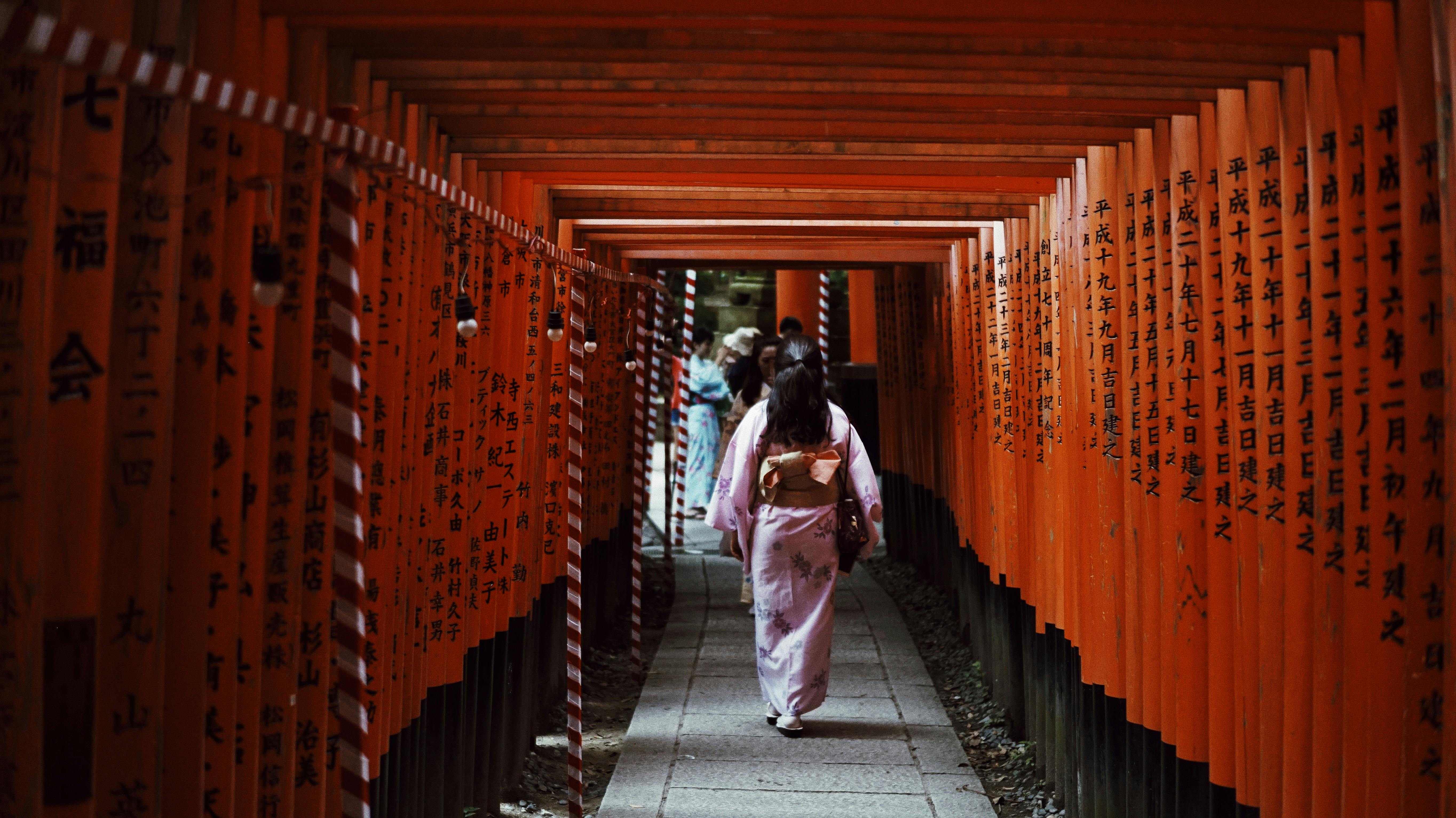
Photo by Mat Kedzia
Shibari, or Japanese rope bondage, is more than just a kink—it’s an art form that blends restraint and beauty. Its roots trace back to Hojojutsu, a martial art used for restraining prisoners during the Edo period. Over time, this technique evolved into “Kinbaku,” and later became Shibari, focusing on aesthetics and sensual connection rather than practicality.
What makes Shibari stand out in fetish communities is its emphasis on trust, communication, and vulnerability between participants. The “rigger” (person tying) crafts intricate rope designs on the body while respecting boundaries, creating a visual masterpiece with physical and emotional depths involved.
Part of Shibari’s cultural significance lies in how it brings together tradition and innovation. Many credit this art for destigmatizing fetishes in Japan, presenting a stark contrast to Western narratives around BDSM, which are sometimes more clinical or taboo. Shibari encourages individuals to embrace personal expression while prioritizing consent—a representation of Japan’s modern-day shift toward open-mindedness.
You can learn more about the cultural origins and evolution of Shibari from Japanese Rope-Tying Is More Than Bondage and The Art of Shibari: Exploring Its Historical Roots.
Tentacle Erotica and Other Unique Genres
Another globally recognized yet niche element of Japan’s sexual subcultures is tentacle erotica. It first originated in the Edo period, with artists like Hokusai depicting fantastical and surreal erotica involving sea creatures in works like The Dream of the Fisherman’s Wife. Over the years, tentacle erotica evolved into manga, anime, and adult films, cementing itself as a distinct genre.
Why tentacles? Historically, censorship laws in Japan prohibited the depiction of certain explicit images. Artists turned to creative loopholes, using tentacles in place of human anatomy, marking the inception of one of the most recognizable genres within Japanese erotic art.
Today, tentacle erotica is both a metaphor and a fantasy, often reflecting themes of power, submission, or the breaking of boundaries. While it might seem bizarre to some, its enduring popularity speaks volumes about the imagination and mythos embedded in Japanese erotic media.
In addition to tentacle erotica, Japan is home to various other unconventional genres—often involving fantasy themes or exaggerated aesthetic choices—that have gained both local and international audiences. These forms of creativity have contributed to the changing narrative around sexual identity, freedom, and personal exploration.
For a closer look at this genre, visit The History of Tentacle Erotica or Sucker for Tentacles.
From artistic bondage to wildly imaginative fantasies, Japan’s fetish subcultures don’t only entertain but also invite dialogue about innovation, consent, and the dynamic relationship between tradition and modernity.
LGBTQ+ Voices in Japan’s Sexual Revolution
LGBTQ+ communities in Japan are playing a crucial role in reshaping societal attitudes toward sexuality and relationships. While the country has made notable progress in some areas, the path to equality remains fraught with obstacles. From advancements in legal rights to the ongoing struggles of discrimination, these voices add vital perspectives to Japan’s sexual revolution.
Progress in LGBTQ+ Rights
Japan has seen significant strides in LGBTQ+ rights over the past few decades, though it has often lagged behind other developed nations. Municipal governments, such as those in Tokyo and Osaka, now issue partnership certificates for same-sex couples. These certificates provide some recognition and access to benefits, like housing and hospital visitation rights, that heterosexual couples enjoy. However, they do not carry the full legal weight of marriage.
The Tokyo Rainbow Pride Parade, an annual celebration of diversity and inclusion, draws attention to these issues and provides a platform for advocacy. Events like these have helped shift perspectives, especially among younger generations who are more likely to support LGBTQ+ rights. A recent law was also passed to “promote understanding” of LGBTQ+ people, which, while symbolic, marked an important step toward broader social acceptance.
More promising legal victories have also emerged. In a groundbreaking ruling, several district courts have declared Japan’s same-sex marriage ban unconstitutional. These rulings may not have immediate legal effects but have sparked national conversations and added momentum for legislative change. Learn more about these rulings in this report by Amnesty International.
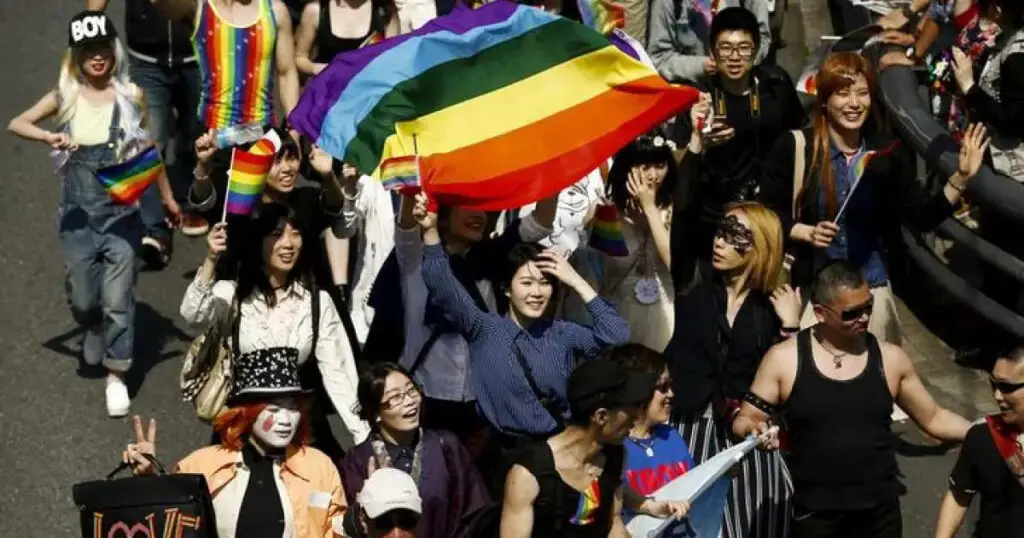
Challenges LGBTQ+ Communities Face
Despite progress, LGBTQ+ individuals in Japan face numerous barriers. The workplace is one area where discrimination runs rampant. Many companies lack policies that protect against discrimination based on sexual orientation or gender identity. For LGBTQ+ individuals, this can mean a lack of job security or benefits—issues highlighted by multiple advocacy reports. For example, same-sex couples are routinely denied spousal benefits that are standard for heterosexual couples. More details can be found in this analysis by Amnesty International.
Societal stigma also remains a key challenge, with many LGBTQ+ people feeling pressured to stay closeted. In rural areas, where conformity to traditional norms is often stronger, individuals may face isolation or rejection from their families and communities. Public opinion surveys reveal that while awareness of LGBTQ+ issues is growing, acceptance is slower to follow.
Another significant issue revolves around education. Japan’s sex education system rarely addresses LGBTQ+ topics, leaving many young people without the tools to navigate questions of identity and relationships. This gap perpetuates misunderstandings and stigma, making safe spaces for LGBTQ+ students in schools essential yet rare.
Legal protections also remain inadequate. Japan is the only G7 country without marriage equality. Activists argue that the lack of full legal recognition relegates LGBTQ+ citizens to second-class status. Efforts to introduce comprehensive anti-discrimination laws have been met with resistance from conservative lawmakers.
The fight for equality continues, with LGBTQ+ advocacy groups and allies pushing for systemic change both within and beyond the legal framework. For a broader understanding of the challenges faced by Japan’s LGBTQ+ community, visit The Washington Post’s report on shifting attitudes.
In a society that often prioritizes harmony and tradition, LGBTQ+ voices are reshaping conversations about love, identity, and freedom in powerful ways.
Conclusion
Japan’s sexual revolution is as multifaceted as its rich traditions and modern innovations. Each era, from Heian poetry to the rise of technology, has contributed to reshaping perspectives on love, intimacy, and individual freedom.
But challenges remain. Cultural norms, work pressures, and gaps in legal protections continue to influence behaviors and relationships. The balancing act between heritage and modernity, individuality and societal expectations is ongoing.
As conversations around sexuality grow more inclusive—incorporating LGBTQ+ rights, technology in relationships, and greater gender equality—Japan’s journey offers lessons on how societies can evolve while preserving their unique identity.
What do you think about the role of history and culture in shaping modern societal norms? Share your thoughts below!

